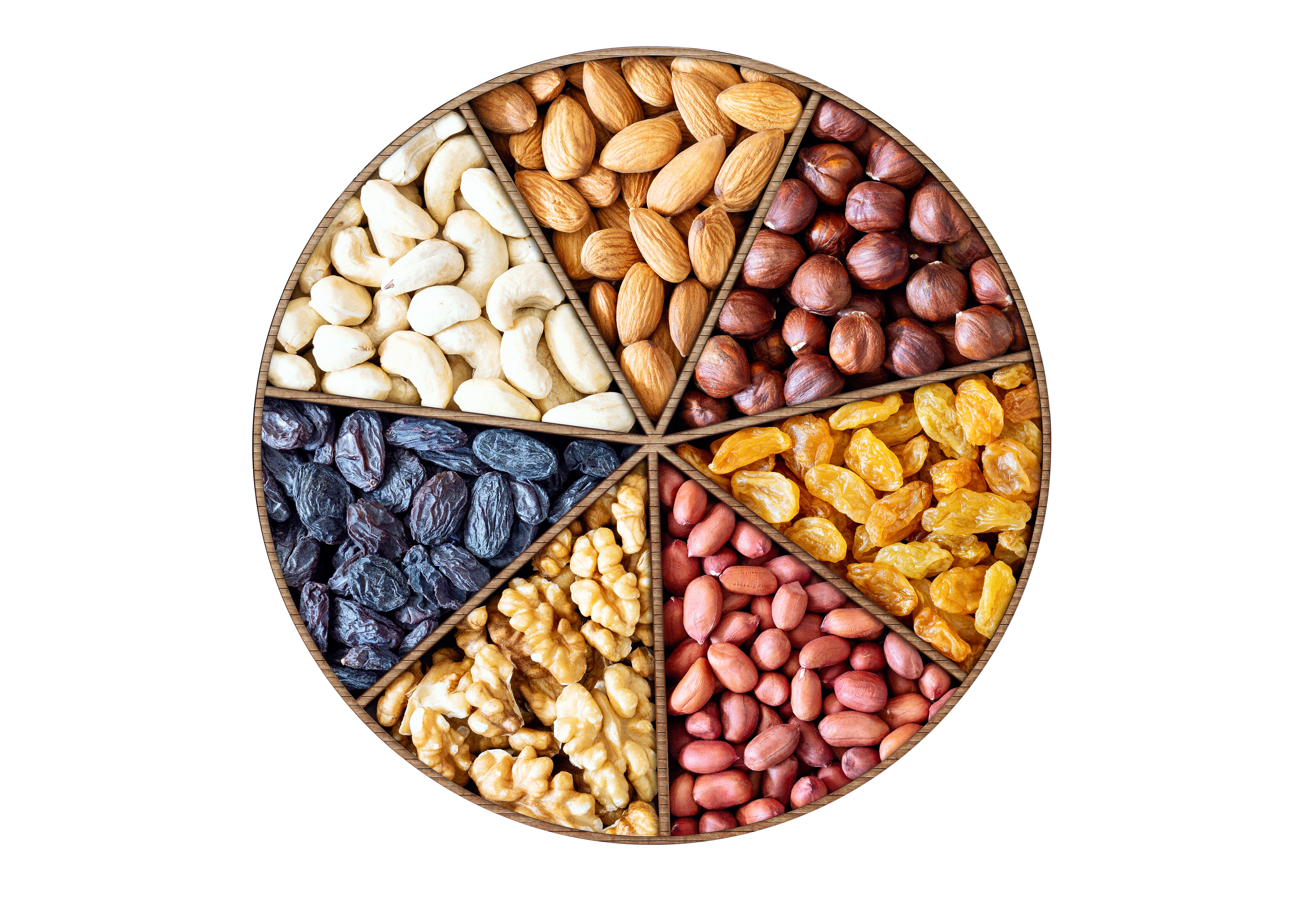March 17, 2023
Food allergies are becoming increasingly common in today's world, with millions of people being affected by them. An allergic reaction to food can cause a wide range of symptoms, from mild to severe, and in some cases, can even be life-threatening. One of the key ways that people with food allergies can be exposed to allergens is through food contamination. In this blog, we will explore what allergenic food contamination is and how it can occur.

The FDA (U.S. Food and Drug Administration) has identified four types of food contamination: physical, chemical, biological, and radiological. Allergenic food contamination falls under the biological category, which includes pathogens (e.g., bacteria, viruses), parasites, and allergens. The FDA has long been concerned about the presence of allergens in food products and has established regulations and guidance for food manufacturers to ensure that allergenic ingredients are properly labeled and that the risk of allergenic contamination is minimized.
Allergenic food contamination occurs when an allergenic substance, such as peanuts or gluten, is unintentionally present in a food product. This can happen in a variety of ways, such as during the manufacturing or processing of a food product, or through cross-contamination in a kitchen or food preparation area. When a person with a food allergy eats a food that has been contaminated with an allergen, they can experience an allergic reaction.
The most common food allergens include:
These foods are responsible for the vast majority of food allergies, and they are required to be listed on food labels in many countries.
Allergenic food contamination can occur in a variety of ways, including:
This is one of the most common ways that allergenic food contamination occurs. For example, if a chef uses the same knife to cut both a peanut butter sandwich and a regular sandwich, the regular sandwich may become contaminated with peanut butter. Similarly, if a cutting board is used to chop up shellfish and then used to chop up vegetables, the vegetables may become contaminated with shellfish.
Food processing equipment can also be a source of allergenic food contamination. For example, if a machine is used to make a product containing peanuts and then used to make a product that does not contain peanuts, the non-peanut product may become contaminated with peanut allergens.
Allergenic food contamination can also occur during transportation and storage. For example, if a shipment of peanuts is transported in the same truck as a shipment of non-peanut products, the non-peanut products may become contaminated with peanut allergens.
There are several steps that can be taken to prevent allergenic food contamination:
Education and training are key components in preventing allergenic food contamination. All food handlers, from chefs to waitstaff, should be trained in the proper handling of allergenic foods.
Allergenic foods should be stored and prepared separately from other foods to avoid cross-contamination. For example, if a restaurant offers a gluten-free menu, the kitchen should have a separate area for preparing gluten-free foods.
Food labels should clearly indicate if a product contains allergenic ingredients. In many countries, this is a legal requirement.
Manufacturers can test their products for allergenic substances to ensure that they are not present.
Allergenic food contamination can have serious consequences for people with food allergies. It is important for food handlers, manufacturers, and consumers to be aware of the risks and to take steps to prevent contamination. By following proper food safety protocols and labeling requirements, we can help to ensure that people with food allergies can safely enjoy the foods they love.